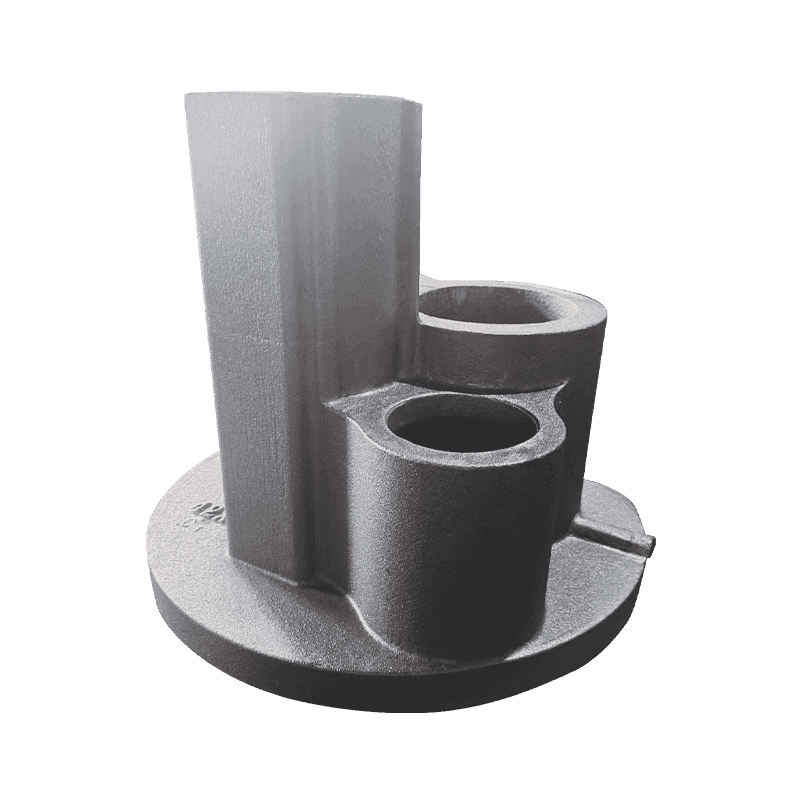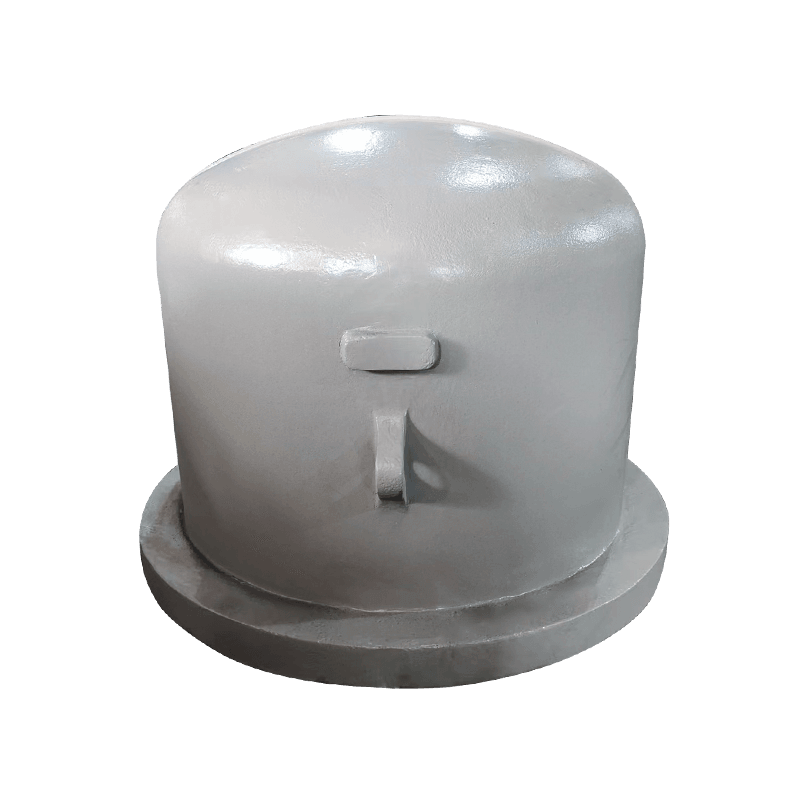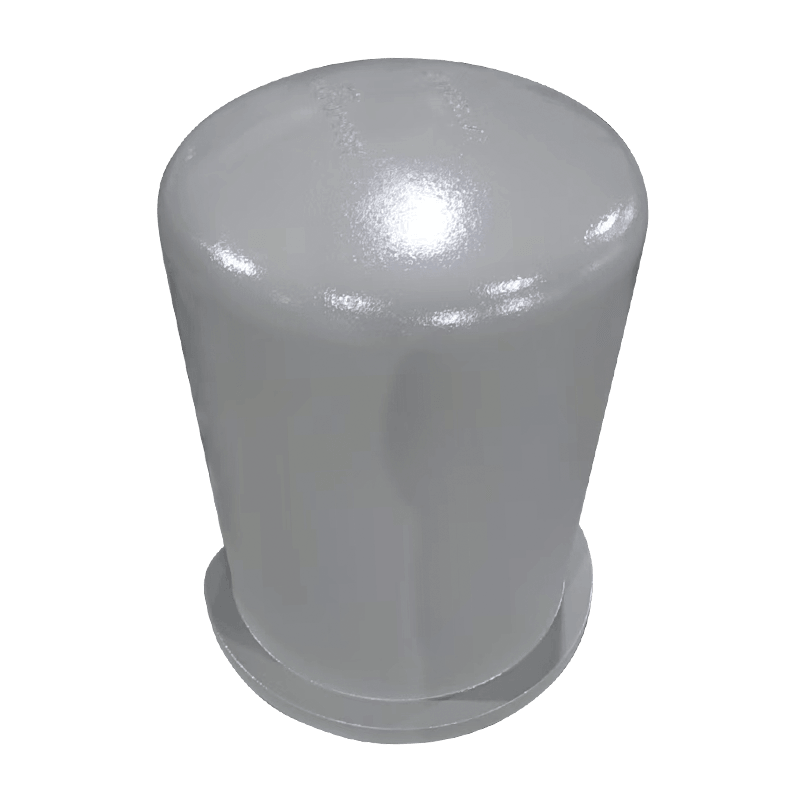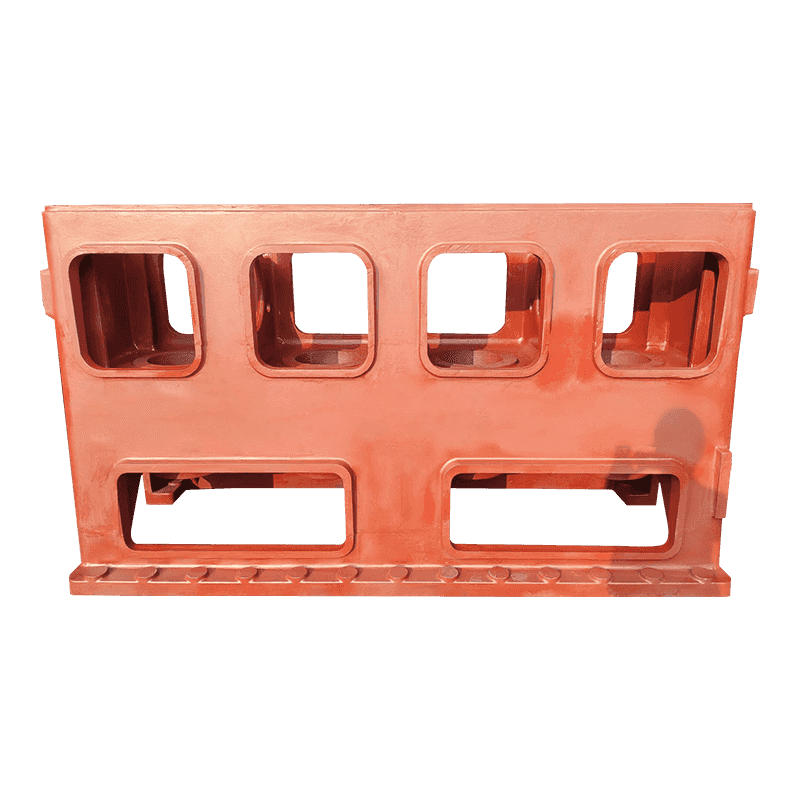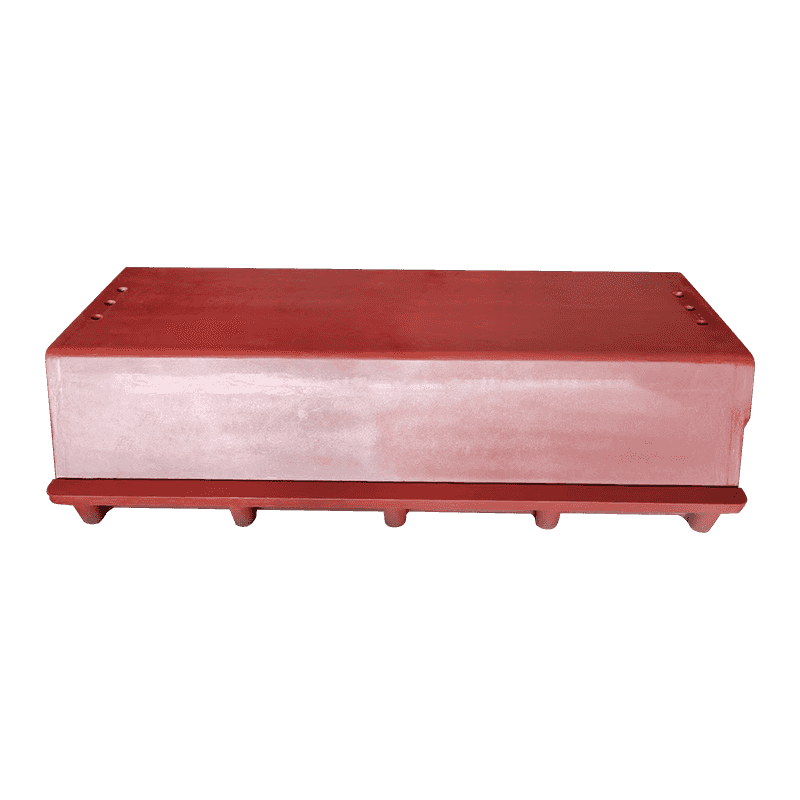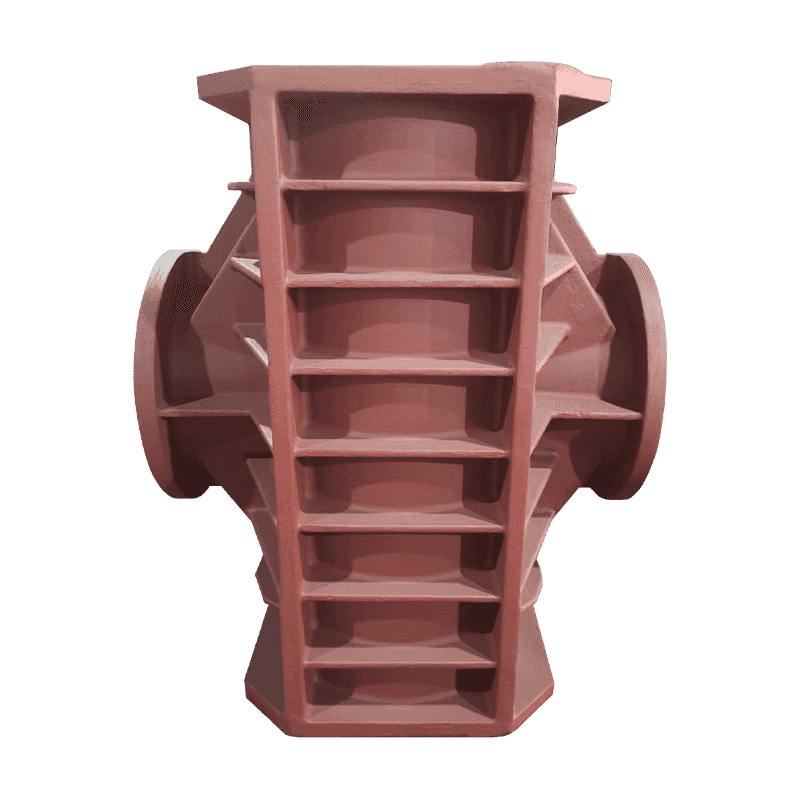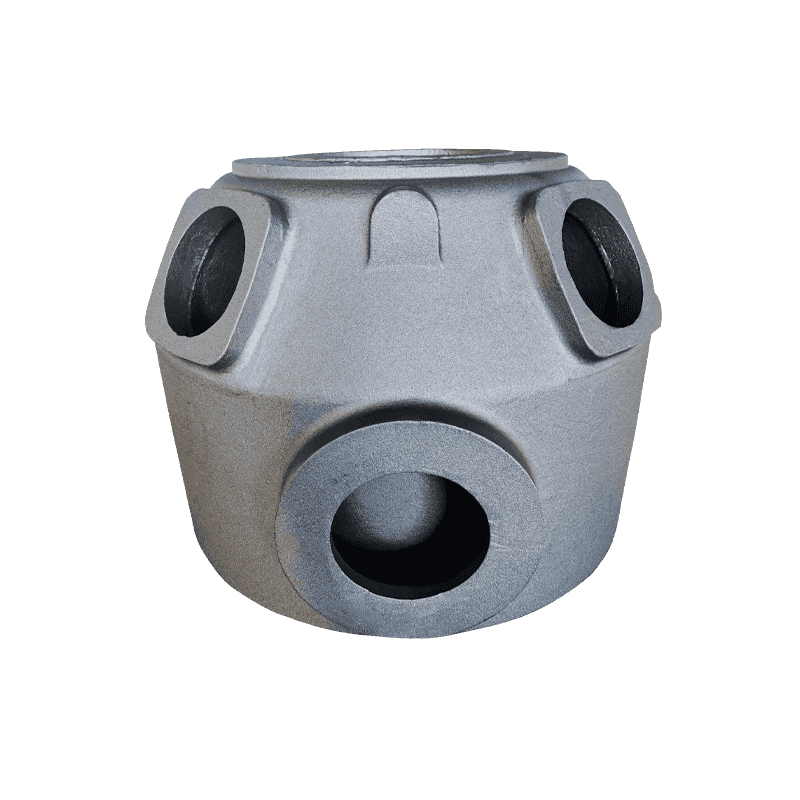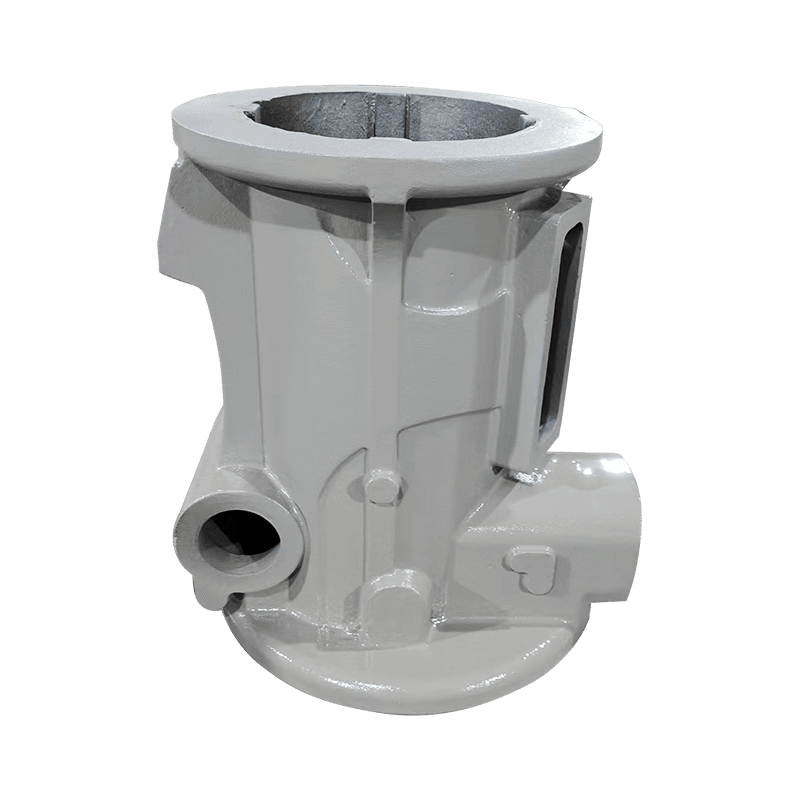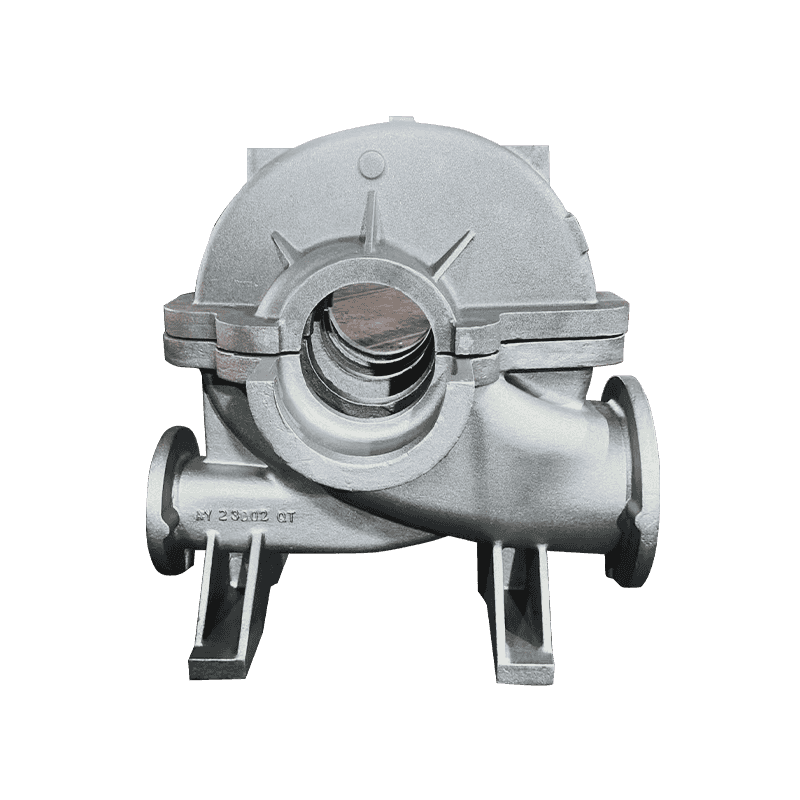Cast Iron: Cast iron is one of the most historically utilized materials for pump and valve components. Its composition includes iron, carbon, and silicon, which contributes to its exceptional casting properties. Cast iron can be poured into complex molds, making it ideal for intricate shapes. The high wear resistance of cast iron makes it suitable for applications involving abrasive fluids. However, its susceptibility to corrosion can limit its use in aggressive environments unless it is protected with coatings. Additionally, cast iron's tendency to become brittle at lower temperatures poses a risk in cold-weather applications, which may lead to failures if not properly managed.
Carbon Steel: Carbon steel is composed mainly of iron and carbon, with variations in carbon content leading to different mechanical properties. It can be classified into low, medium, and high carbon steels, each offering distinct advantages. The mechanical strength of carbon steel makes it an excellent choice for high-pressure applications, as it can withstand substantial forces without deformation. However, the material's lack of inherent corrosion resistance requires coatings or treatments, especially when used in environments with moisture or corrosive substances. The need for regular maintenance and inspections can increase operational costs in environments where carbon steel is employed.
Stainless Steel: Stainless steel contains a minimum of 10.5% chromium, which gives it remarkable corrosion resistance due to the formation of a passive oxide layer. Various grades, such as 304 and 316, provide differing levels of resistance to corrosion and heat. Stainless steel is particularly valuable in industries requiring cleanliness and hygiene, such as food processing and pharmaceuticals. Its corrosion resistance ensures a longer service life and minimizes the risk of contamination. However, stainless steel can be more expensive, which may affect budget considerations in large-scale applications. Its strength at high temperatures makes it suitable for applications with heat exposure, further enhancing its versatility.
Bronze: Bronze is an alloy of copper, typically combined with tin, though other elements can be included for enhanced properties. Its excellent machinability and low friction characteristics make it a favored choice for many applications. The corrosion resistance of bronze makes it ideal for marine environments and applications involving chemicals. Its ability to resist galling (wear due to adhesion between surfaces) is crucial for moving parts in pumps and valves, enhancing operational reliability. Bronze castings can also withstand elevated temperatures, but their higher cost compared to iron or steel may limit their use in some applications.
Aluminum: Aluminum is known for its lightweight and good corrosion resistance. It is often alloyed with other elements, such as magnesium or silicon, to improve its strength and durability. The low weight of aluminum castings can lead to easier handling and installation, especially in mobile applications. While they may not be suitable for high-pressure applications due to lower tensile strength compared to steels, aluminum performs well in applications where corrosion resistance is paramount. Additionally, aluminum's recyclability aligns with sustainable practices in manufacturing.

